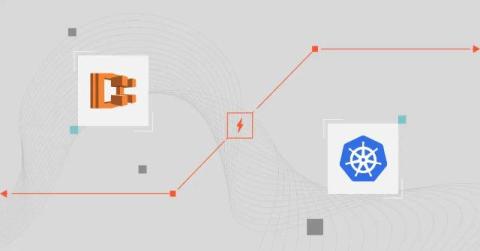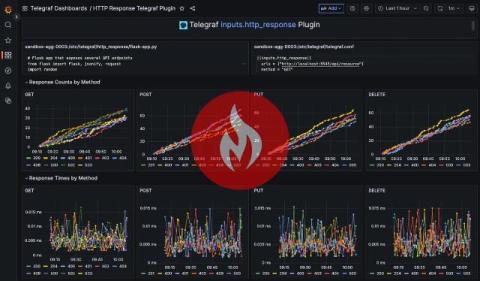Best Practices for On-Call Rotation
On-call rotations are crucial for ensuring that technical teams are ready to tackle incidents, outages, or emergencies outside of regular hours. (Check our detailed guide on understanding on-call rotations in incident management). This system assigns specific team members to be available for immediate response, ensuring someone is always on duty to address critical issues.











